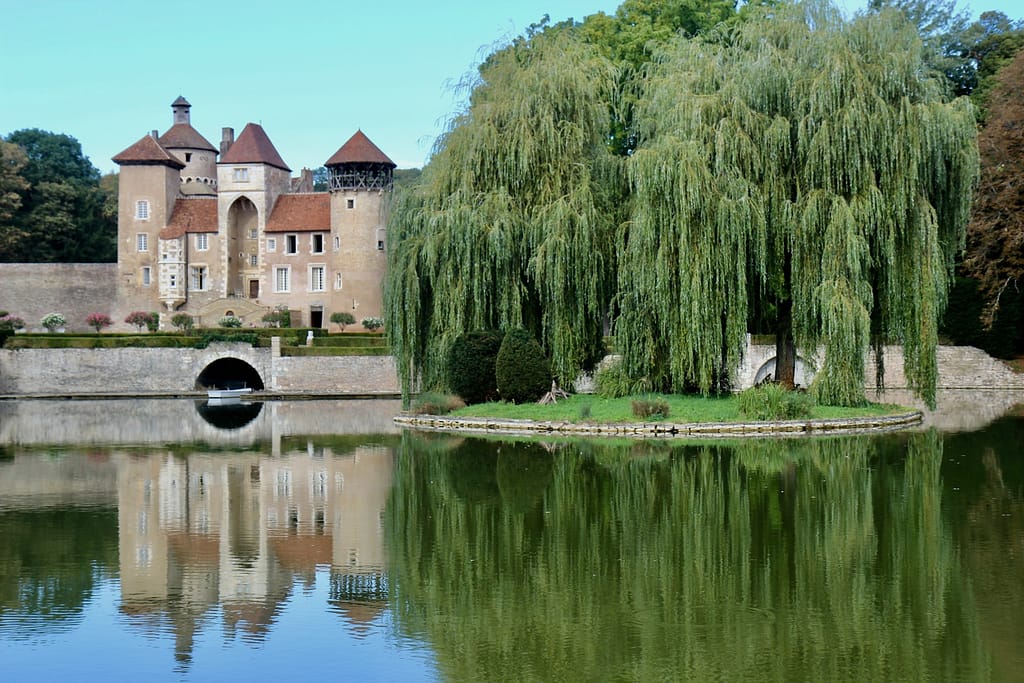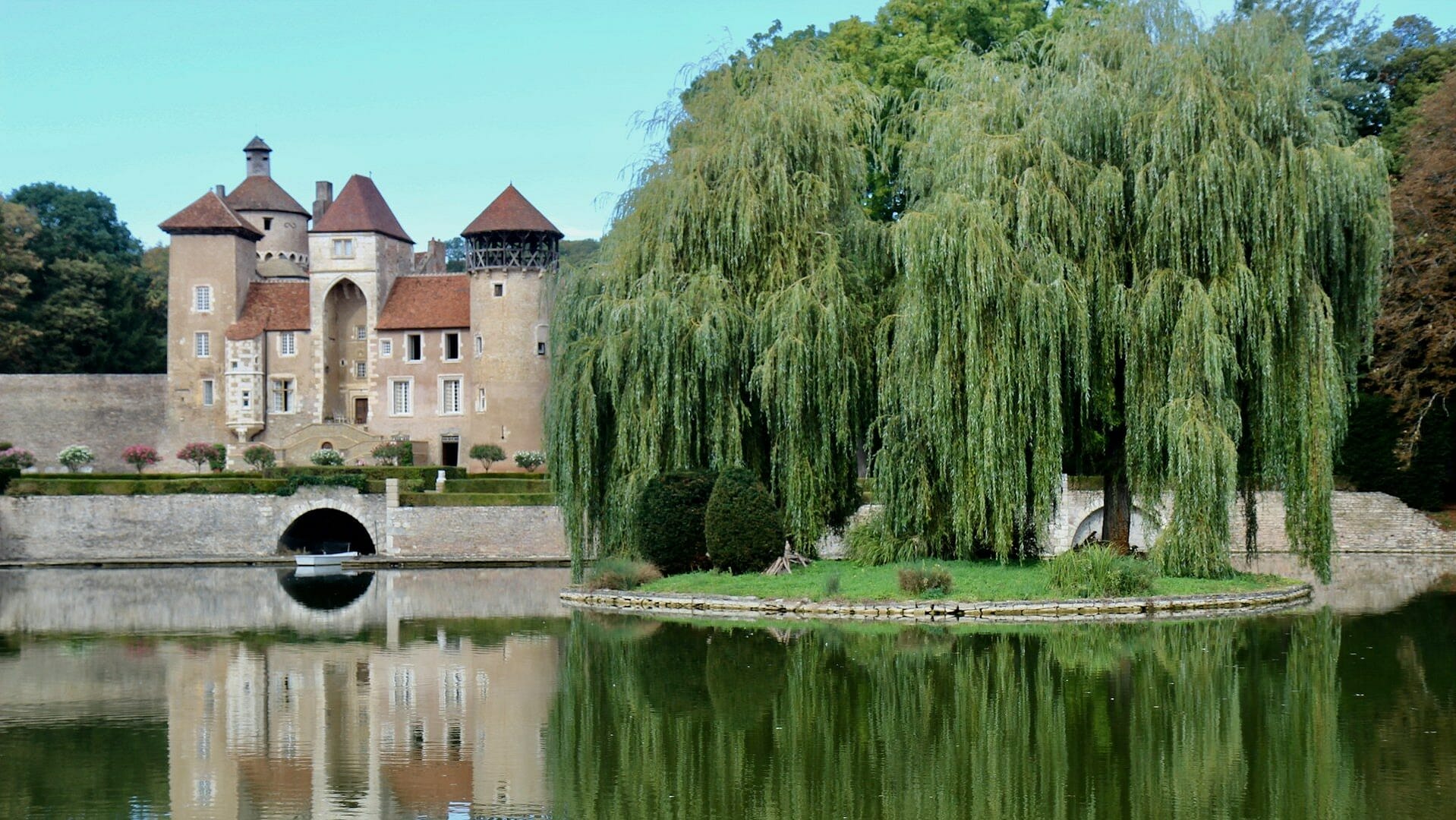Aspirin, the ubiquitous pain reliever in the medicine cabinet. Sitting there next to the bandaids and extra toothpaste, you probably haven’t given it a second thought. Still, those little pills connect you to ancient medical history dating back over 3500 years. 1 Yes, your bathroom contains medicine that connects you to the pharaohs and beyond.
We often think of pharmacy as a modern invention, but humans have utilized the natural world for millennia, including our old friend aspirin. So, let’s explore the little-known history of asprin, shall we?

A History of Healing
From poultices to salves, washes to powders, humans have taken many cues from the natural world to reduce pain, stave off infection, and aid in any number of medical ailments. Indeed, many of the diseases we think of as distinctly modern have been with us for over 5000 years. In fact, Ötzi, the 5,300 mummy found in the Italian Alps, showed signs of heart disease, lymes disease, and joint pain. 2. Tattoos on his body suggest that his people were practicing a form of medicine on him to reduce his aches and pains.
Across the world, in ancient Mesopotamia—now modern-day Iraq—we even have the oldest written prescriptions on clay tablets that include familiar ingredients like figs and mustard, and more exotic additives like turtle shell powder and snakeskins. 3 Though it’s less clear what, if any, effect these concoctions had on their users, one thing is clear, turning to the world around us for cures has long been a part of who we are.
From Bark to Bayer
Of the ancient remedies we know about today, few are in as wide use as our dear friend aspirin. As medical writer Beron Roueché once wrote in 1955, “There are no countries in which it is unknown, unappreciated, or unavailable.”
We know that the history of aspirin use dates back to at least 3,000 to 1,500 BCE, when ancient civilizations, including the Sumerians and Egyptians, administered willow bark and leaves as an anti-inflammatory and pain reliever. 4 We also have evidence of its use in classical Chinese and Greek medicine. Willow continued to be used for millennia, but it wasn’t until the 18th century we had the first evidence of its “scientific” study.
In 1763, a clergyman named Edward Stone published his study in the Philosophical Transactions of the Royal Society, where he documented taking pains to dry and concentrate the components of willow bark to administer it in an early clinical trial. This study demonstrated how effective willow bark could be in treating fevers. Research into willow as an anti-inflammatory and fever reducer continued into the 1800s with scientists in France and Germany isolating the key active ingredient in willow bark, salicylic acid. By 1953, scientists had synthesized a form of acetylsalicylic acid, and in 1897, Bayer produced a stable form of acetylated salicylate that would eventually become aspirin as we know it today. 5
The History of Aspirin: A Lasting Legacy
Our understanding of the history of aspirin and its medical uses has only continued to expand since it reached widespread use and is now at the center of anti-cancer studies. You’d think that after such a long history with aspirin, we’d have unlocked all of its secrets, but as with so many things, there is still much to learn.
For an entertaining look at aspirin’s history and its medical future, here’s a great video from TED-Ed with more:
If you’d like to see more short, entertaining, but wildly informative videos from TED-Ed, make sure you check out their YouTube channel. It’s a great place to let your curiosity wander!
Looking to the Past to Shape the Future
We are in a fantastic age for the advancement of medicine. Just think, we’ve had penicillin for less than 100 years, 7 chemotherapy for only around 80 8, and an understanding of the complete human genome for 20. 9We have only begun to scratch the surface of what’s possible as we unlock the secrets of ourselves and the world of medicine around us. A part of that study also involves going back.
There are rich traditional medicine practices from across the globe that we are only just beginning to study, and of the 250,000–500,000 existing plant species we know of, only a tiny portion of them have been studied for their medicinal properties. And we know there is a lot of potential there. From 1981 to 2002, 64% of new drugs for treating high blood pressure originated in natural products. 10 Just imagine all that there is to study and discover out there. Between technological advancements and the treasure trove that nature has to offer new, life-saving discoveries are right around the corner.
If you’d like to explore a few examples of the way medicine has turned to nature for help, here are some articles I recommend you dive into:
Combing Caves for a Cure to Deadly Bacterial Infections
We’ve been able to protect ourselves from most bacterial infections for decades now, but that’s changing. Deadly bacteria are catching onto our tactics and antibiotic resistance is on the rise. Here’s how some scientists are working to stay one step ahead of this problem by exploring the depths of caves and the bacteria that call them home!
Read Article Watch Video Listen to PodcastHow Dogs Are Helping Us Detect Cancer!
A group of highly trained dogs is learning to smell some of the hardest to detect forms of cancer! So, what are we learning from these super-sniffers?
Read Article Watch Video Listen to PodcastThe Way Porcupines are Influencing Healthcare!
To defend ourselves against harmful bacteria and infection, we’re turning to porcupine quills for inspiration! Here’s just one more way that looking towards nature for designs is improving our lives.
Read Article Watch Video Listen to PodcastI hope you’re leaving today armed with a little more wonder in your medicine cabinet and a lot more optimism about the future of medicine.
Stay beautiful & keep laughing!
-Liesl
Notes:
- Maria Rosa Montinari, et al. “The First 3500 Years of Aspirin History from Its Roots – a Concise Summary.” Vascular Pharmacology, vol. 113, 1 Feb. 2019, pp. 1–8, pubmed.ncbi.nlm.nih.gov/30391545/#:~:text=Historians%20of%20medicine%20have%20traced,from%20ancient%20Greece%20and%20Rome, https://doi.org/10.1016/j.vph.2018.10.008. Accessed 16 Feb. 2024. ↩
- “The Iceman’s Health Issues.” California Academy of Sciences, 2020, www.calacademy.org/explore-science/the-icemans-health-issues. Accessed 16 Feb. 2024. ↩
- “The History of Pharmacy.” Ttuhsc.edu, 31 Jan. 2024, www.ttuhsc.edu/pharmacy/museum/pharmacy.history.aspx#:~:text=The%20world’s%20oldest%20known%20prescriptions,making%20poultices%2C%20salves%20and%20washes. Accessed 16 Feb. 2024. ↩
- Connelly, Dawn. “A History of Aspirin.” The Pharmaceutical Journal, 12 Feb. 2021, pharmaceutical-journal.com/article/infographics/a-history-of-aspirin. Accessed 16 Feb. 2024. ↩
- Wood, John N. “From Plant Extract to Molecular Panacea: A Commentary on Stone (1763) “an Account of the Success of the Bark of the Willow in the Cure of the Agues.”” Philosophical Transactions of the Royal Society B, vol. 370, no. 1666, 19 Apr. 2015, pp. 20140317–20140317, www.ncbi.nlm.nih.gov/pmc/articles/PMC4360122/, https://doi.org/10.1098/rstb.2014.0317. Accessed 16 Feb. 2024. ↩
- TED-Ed. “How Aspirin Was Discovered – Krishna Sudhir.” YouTube, 2 Oct. 2017, www.youtube.com/watch?v=uRhkDN2WjzI. Accessed 16 Feb. 2024. ↩
- Gaynes, Robert. “The Discovery of Penicillin—New Insights after More than 75 Years of Clinical Use.” Emerging Infectious Diseases, vol. 23, no. 5, 1 May 2017, pp. 849–853, www.ncbi.nlm.nih.gov/pmc/articles/PMC5403050/#:~:text=In%201928%2C%20a%20chance%20event,was%20incredibly%20successful%20by%201943, https://doi.org/10.3201/eid2305.161556. Accessed 16 Feb. 2024. ↩
- “History of Cancer Treatments: Chemotherapy.” Cancer.org, 2024, www.cancer.org/cancer/understanding-cancer/history-of-cancer/cancer-treatment-chemo.html. Accessed 16 Feb. 2024. ↩
- “The Human Genome Project.” Genome.gov, 2023, www.genome.gov/human-genome-project. Accessed 16 Feb. 2024. ↩
- Yuan, Haidan, et al. “The Traditional Medicine and Modern Medicine from Natural Products.” Molecules, vol. 21, no. 5, 29 Apr. 2016, pp. 559–559, www.ncbi.nlm.nih.gov/pmc/articles/PMC6273146/, https://doi.org/10.3390/molecules21050559. Accessed 16 Feb. 2024. ↩








